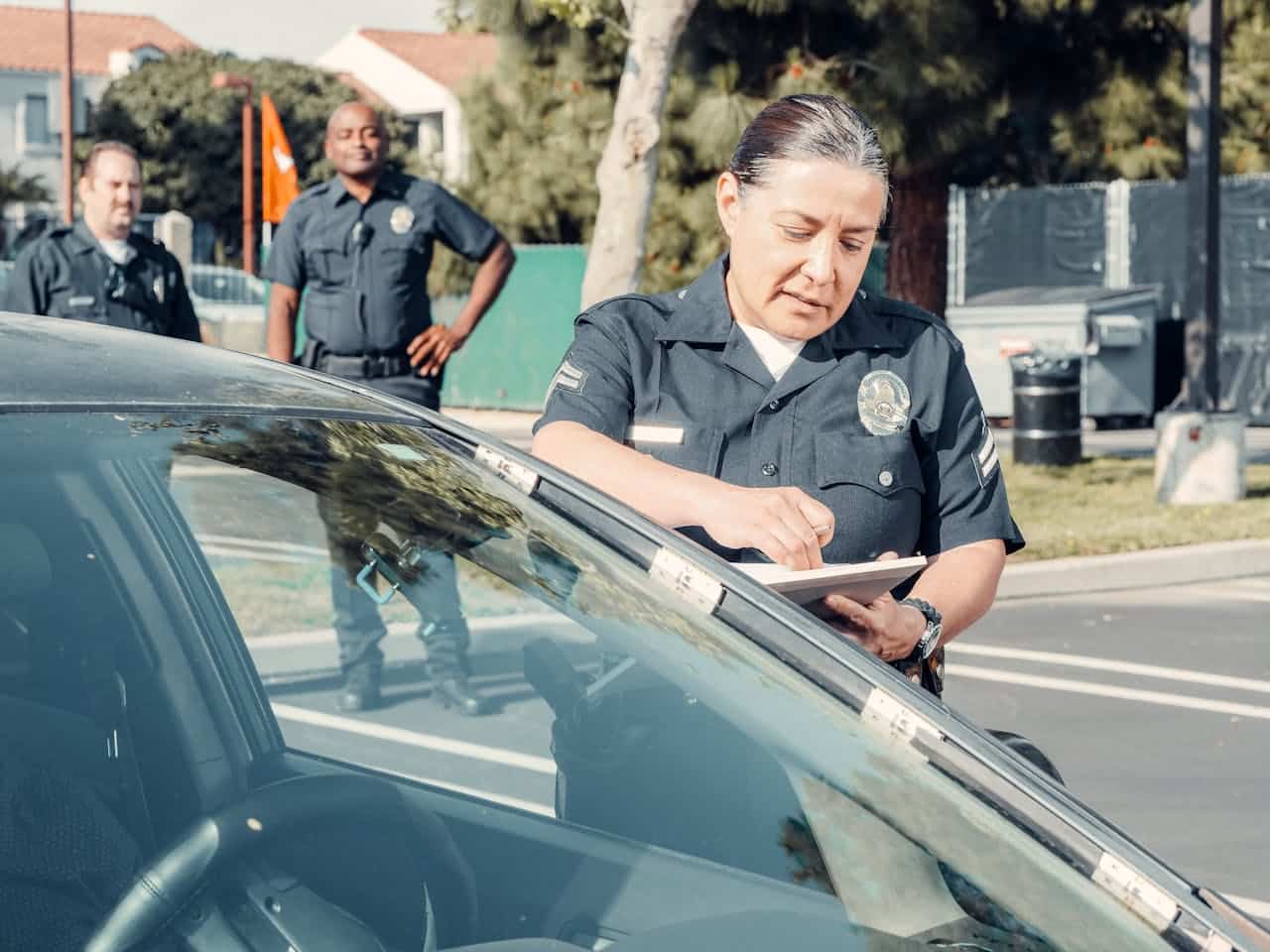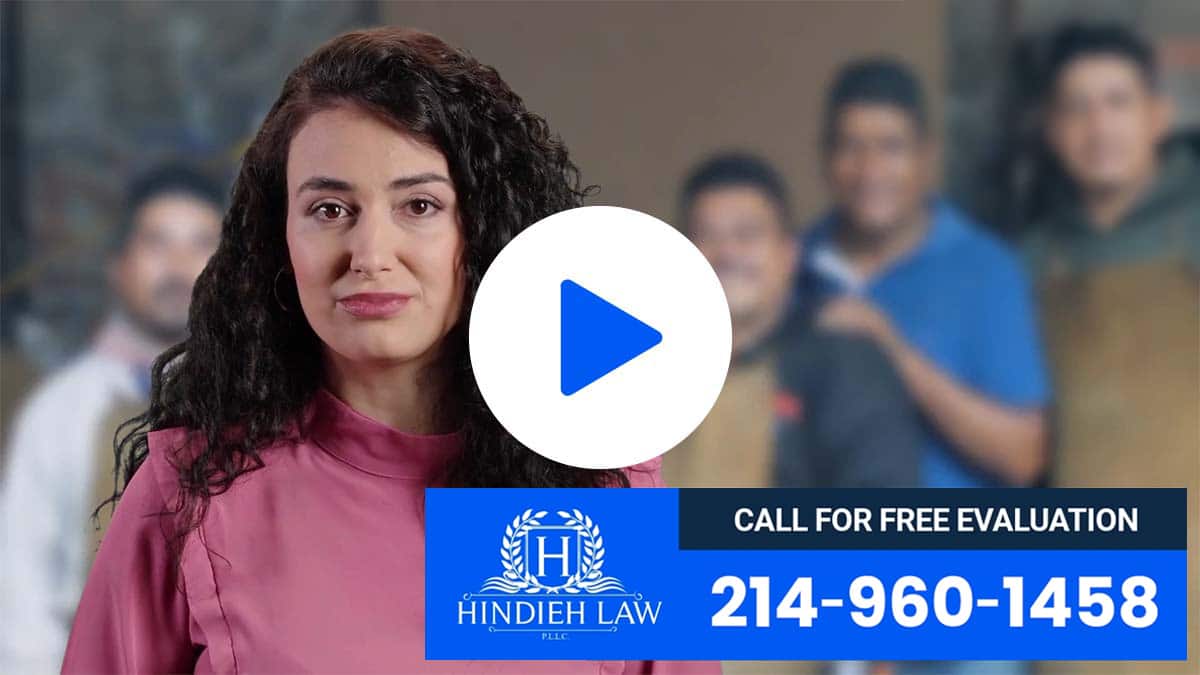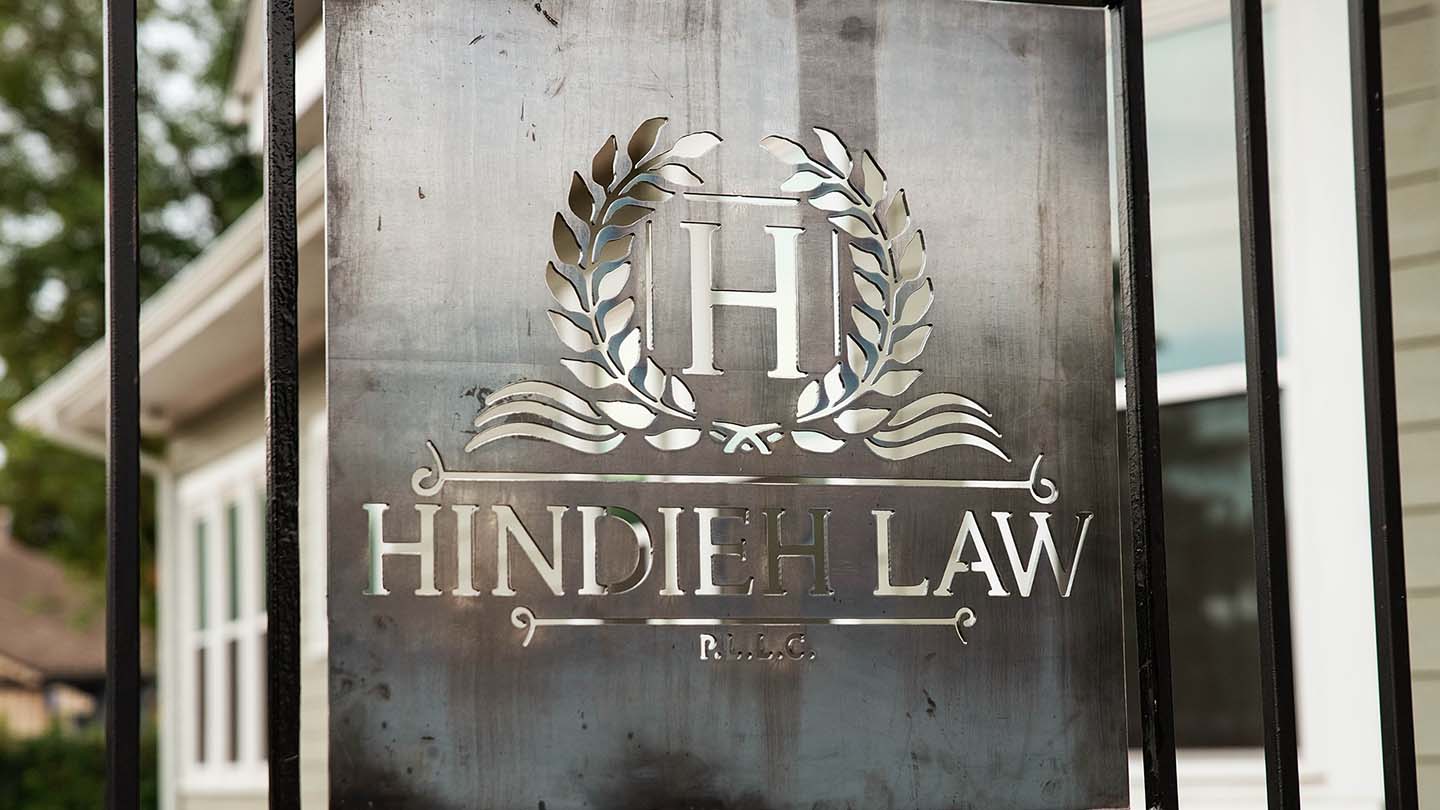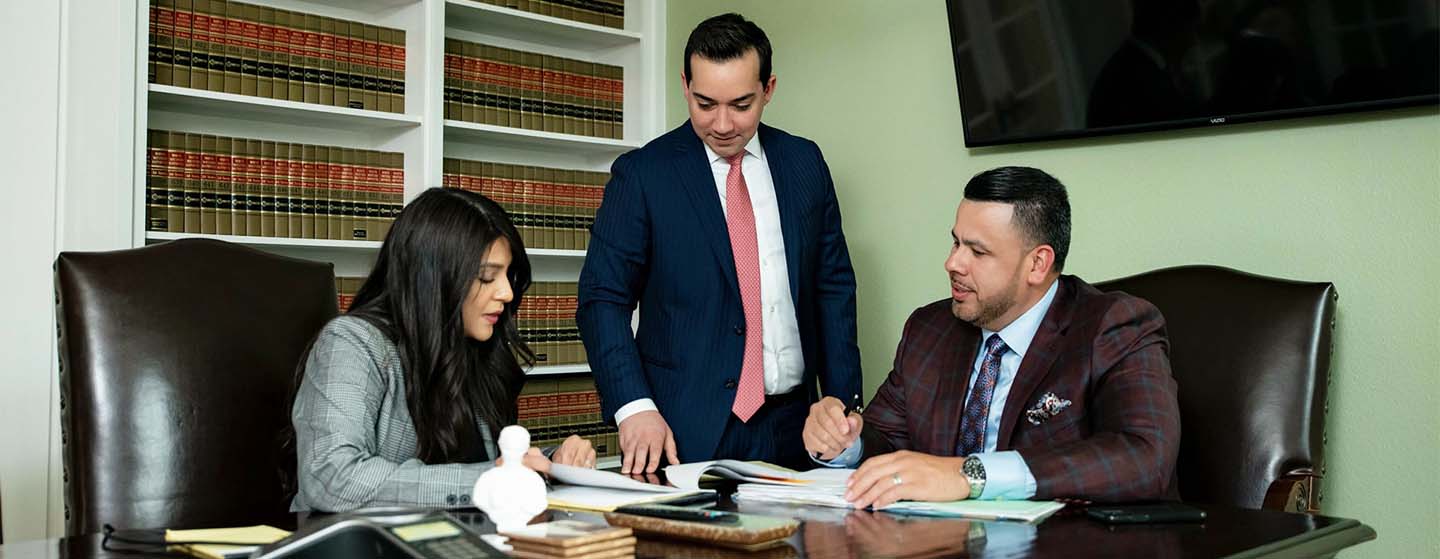Unlawful presence is the period of time when you are in the United States without being admitted or paroled or when you are not in a “period of stay authorized by the Secretary.” You may be barred from being admitted to the United States for:
- Three years, if you depart the United States after having accrued more than 180 days but less than one year of unlawful presence during a single stay and before removal proceedings begin;
- 10 years, if you depart the United States after having accrued one year or more of unlawful presence during a single stay, regardless of whether you leave before, during, or after removal proceedings; or
- Permanently, if you reenter or try to reenter the United States without being admitted or paroled after having accrued more than one year of unlawful presence in the aggregate during one or more stays in the United States.
You can find these bars in the Immigration and Nationality Act (INA) section 212(a)(9)(B)(i)(I) and (II) (the 3-year and 10-year unlawful presence bars) and INA 212(a)(9)(C)(i)(I) (the permanent unlawful presence bar).
Precedence establishes that those seeking adjustment of status, such as many of our clients, can satisfy the unlawful presence bar to admission by spending time outside or inside the United States.
Does the 10-Year-Bar Run Within the United States?
Is the Immigration and Nationality Act’s section 212(a)(9)(B)(I) 10-year inadmissibility bar applicable inside the United States?
It does apply, as our office has effectively contended. In a well-known case, a woman arrived in the United States in 2006 on a visiting visa and stayed until 2008, when she returned to Mexico. She then petitioned for and received humanitarian parole under INA 212(d)(5), and was paroled into the United States in 2013.
When she became eligible in 2019, the woman overstayed her parole and requested for adjustment of status. Despite USCIS opposition, she successfully argued that people who trigger the 10-year restriction and are then paroled into the United States can cure the inadmissibility period while in the country. The following arguments were made in favor of this position:
USCIS Chief Counsel Opinion Letters
In 2006 and 2009, USCIS Chief Counsel issued opinion letters specifically stating that the INA 212(a)(9)(B) inadmissibility period will “continue to run” for an alien present in the United States following the departure that triggered the period of inadmissibility “even if the alien is paroled in the United States… despite his or her inadmissibility under section 212(a)(9)(B) inadmissibility.”
Office of Administrative Appeals
The AAO has held that an adjustment of status applicant can meet the unlawful presence bar to admission by spending time outside or inside the United States. See In re Salles-Vaz (AAO, Feb. 22, 2005).
In one case, the immigrant left the United States while an adjustment of status application was pending with USCIS after accumulating more than 180 days of unlawful presence, triggering the 3-year ban, but was “readmitted” with advance parole to complete the adjustment application.
The AAO held that he was no longer barred under 212(a)(9)(B)(i)(I) because “the passage of time has created a new circumstance which renders the applicant free from any bar to admissibility based upon his unlawful presence,” because “the passage of time has created a new circumstance which renders the applicant free from any bar to admissibility based upon his unlawful presence.”.
The alien’s departure from the United States triggers 212(a)(9)(B) inadmissibility, according to INA 212(a)(9)(B)(i) and related legal authority. 23 I&N Dec. 905, 909; Matter of Rodarte, 23 I&N Dec. 905, 909; Matter of Rodarte, 23 I&N Dec. 90 (BIA 2006).
However, the Act is ambiguous on whether the time of inadmissibility must be “served” outside of the United States.
The Salles-Vaz and Rodarte rulings entirely refer to the basic legislative text of 212(a)(9)(B): the term of inadmissibility is triggered by the alien’s departure from the United States, and the legislation imposes no extra conditions as to how/where this time is to be met.
While 212(a)(9)(B) is silent on the subject, INA 212(a)(9)(A) and (C) each contain specific “exception” subsections that expressly state that the inadmissibility does not apply to aliens who “seek admission… prior to the alien’s re-embarkation at a place outside the United States or attempt to be readmitted from foreign contiguous territory…,” where the Attorney General has consented to the alien’ (emphasis added).
Because there is no analogous language in 212(a)(9)(B), basic statutory interpretation standards lead to the conclusion that an immigrant may “serve” the three or ten-year bar within the United States.
Appeals From the Board of Immigration
The BIA held in an unpublished decision Jose Armando Cruz, A087-241-021 (April 9, 2014) (that a person who had triggered the three-year bar, returned to the US without inspection 18 months later, and applied for adjustment more than three years later was not inadmissible because the three years had already passed.
Even for someone who had returned without inspection, the BIA found that 212(a)(9)(B) did not necessitate that the three-year period be spent outside the United States.
The BIA reasoned that 212(a)(9)(B) had always been understood in their precedents “as creating temporary 3- and 10-year bars to an alien’s admissibility following his departure from the United States after having been unlawfully present for (respectively) more than 180 days, or 1 year or more,” as opposed to 212(a)(9)(C), which creates a “permanent bar.”
The Board determined that an adjustment applicant is “seeking admission,” as opposed to those who entered the country unlawfully and “sought admission,” and that the 212(a)(9)(B) bars only apply to those who had departed “and seeks entrance again” within the relevant period.
According to the BIA, Congress was aware of the distinction between these expressions because it used the latter when creating the ground of inadmissibility for persons who “want or have sought” a visa. Applying the unlawful presence bars to people who returned to the United States illegally during the three- or ten-year period would result in a “permanent block,” which Congress did not intend.
“It is the alien’s unlawful presence in the United States followed by his departure from the United States that gives rise to the (temporary) basis of inadmissibility, not the act of returning to the United States within the period non which the ban applies,” says the court.
In another unpublished decision with comparable facts four years later, the BIA Board reached the same finding based on the same reasoning: the adjustment applicant had triggered the three-year ban, returned unlawfully within that three-year period, and applied for adjustment more than three years later. Jose Tapia-Cervantes, A208-939-645 (Dec. 21, 2018).
The applicant did not need to request a waiver, according to the BIA, because the three-year limit had already passed. “In light of that confusing language, as well as the light given on its meaning by the authorities and legislative history cited herein, we find that section 212(a)(9)(B) of the Act provides a temporary impediment to admissibility,” the BIA stated plainly.
As a result, we believe the respondent’s contention that he applied for admission more than three years after the end of his inadmissibility term, which began when he returned to Mexico in March 2006.” Torres de Lima Neto v. Thompson, Case No. 2:20-CV-00618-KM-JBC (D.N.J. Dec. 10, 2020).
The Summary for Unlawful Presence and Bars to Admissibility
The above precedent makes clear that persons like the woman in the case above, who are applicants for adjustment of status, can satisfy the unlawful presence bar to admission through time spent outside or inside the U.S.
Although the woman triggered the 10-year limit when she left the United States in 2008, but more than 10 years had passed before she filed her adjustment of status application, making the 10-year bar inapplicable to her.
Criminal Defense Attorney at Hindieh Law
At Hindieh Law, our criminal defense attorney has experience defending Hispanic and Latino clients facing criminal charges. Our legal team is committed to providing clients in Dallas and surrounding areas, the best legal representation available. If you or somebody you know is facing criminal charges in Dallas or anywhere in Texas, call 214 Release: Hindieh Law, PLLC at 214-Release (214.960.1458) for a free confidential consultation today.






